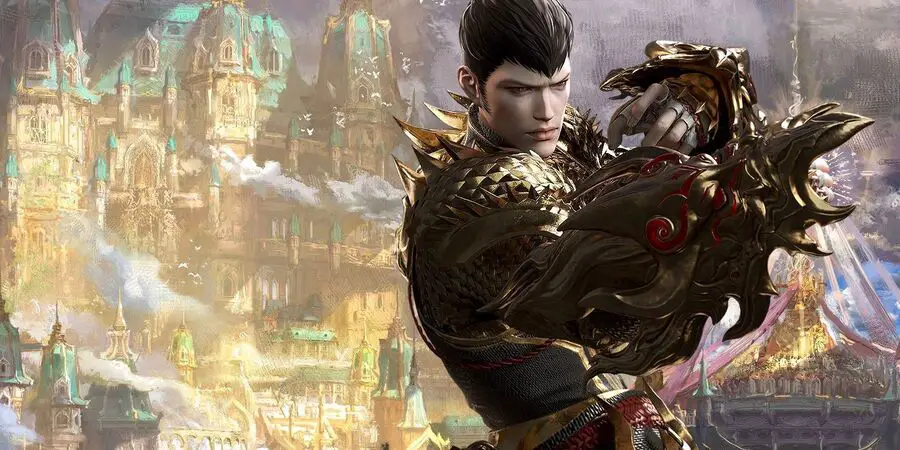Summer is approaching, and with that, the season of new gameplay trailers, but also the announcement of a potential new technological gap between what we have been able to play for the past 5 years and what we are going to play in the near future, from 2023. Why?
We are going to explain all this in 5 key points.
THE ADVENT OF THE UNREAL ENGINE AND UNITY
You have probably seen the recent technical demos of the Unity engines or the Unreal Engine. If it is not new that the engines diffuse this kind of videos to make their promotion, this year there is a real paradigm shift in the industry.
As a reminder, a game engine is a set of tools, creation, viewing, and compilation, which makes it possible to model elements, to put them end to end, to write rules which govern the world. in which we are going to play. This is the basis of video games, and since the dawn of time, large productions have been divided into two categories in their choice of engine. On the one hand there are the boxes that work for years, inject millions of dollars internally to create a proprietary engine.
Their creation, tailored for their uses, making it possible to make the most of the know-how of the teams. Most of the time, large companies use this method. This allows some advantages but also some disadvantages. The main drawback lies in the fact that the evolution of the engine over the years can lead to exorbitant costs, but also which can quickly become obsolete.
In parallel, there are also the slightly more modest boxes that use common motors . For example The Unreal Engine or Unity, whose advantages are numerous.
Going through this kind of software allows a much cheaper cost because the licenses are free. Going through a common and known engine suggests certain disadvantages, in particular the fact that Unreal Engine games tend to often resemble each other in their feeling and in their rendering. But that will soon be an old story.
Because since the explosion of Fortnite, Epic Games, which owns free-to-play and the Unreal Engine, has worked hard to make its engine a top performer, followed somehow on the innovation and technology side by the competitor: Unity.
The latest version of the Unreal Engine, the 5th, redefines quite a few key elements: lighting, character models and their calculation, display distance and the way it is managed, the definition of open worlds and or their structure.

The result of all this innovation, driven by a third-party box, lies in the fact that “common” quote-unquote engines have exploded in recent years, especially the Unreal Engine, which has become enormously democratized.
These tools are now much more open, free, widespread, have a library of shared elements, free or paid, and the icing on the cake is that the teams are now working hand in hand with the studios. These include what’s happening on the next The Witcher game, which will be developed on Unreal Engine 5.
Clearly, if you sign with Epic, you have the engine, customized for your needs, and you even have Epic engineers helping you during development. Companies are on a completely different strategy, where proprietary motors used to be convenient as they were maintained in-house and trimmed by the studios, common motors are now the stars.
Proprietary engines are expensive, heavy, difficult to recruit and train on, and they get old quickly. It is a method that tends to disappear almost everywhere. With this small revolution in the middle of the engines, firms like Epic or Unity will grow and become more important.
So what would that bring? All the images you will see in the video above will be standardized, centralized, and the differences in rendering quality depending on the companies that produce the games should be less great.
But that’s not all, because the year 2023 will undergo major changes, in particular that of the end of cross-gen and the standardization of the SSD as a storage medium.
THE SSD AS A STANDARD, FINALLY!
2023 then registers as the end of the crossgen . Finished the games developed to run on PS4 and One, machines which will soon celebrate their 10th anniversary.
The 9th generation of consoles, with the PS5 and Xbox Series will therefore be the main generation and the new games will be primarily developed for these machines.
Xbox had announced support for the Xbox One for 2 years following the release of the Xbox Series, and for its part PlayStation marketed its 2023 games as PS5 exclusives. This is where the real future of the new-gen, which we still tend to call wrongly, the next-gen, will be played out.
The end of this era promises to be a real technological renewal, and with it, the normalization of the SSD as a standardized storage medium. What does this mean concretely? This means that all games, PC and console, will benefit from this ultra-fast storage architecture that is transforming the way we will build our games.
Larger levels, more cache allocated to loading zones, productions that will be de facto lighter because we will finally stop duplicating elements so that they are on a multitude of parts of the disk, seen only with SSD, we can go draw them directly.
We are therefore going to gain space, gain space, gain fluidity, and overhaul for the first time in a very long time the way of approaching the development of games. PCs will have to follow, that’s for sure, and we’re already seeing a bunch of recommended configurations that recommend SSDs, before they are imposed when the cross-platform games of 2023 make their appearances.
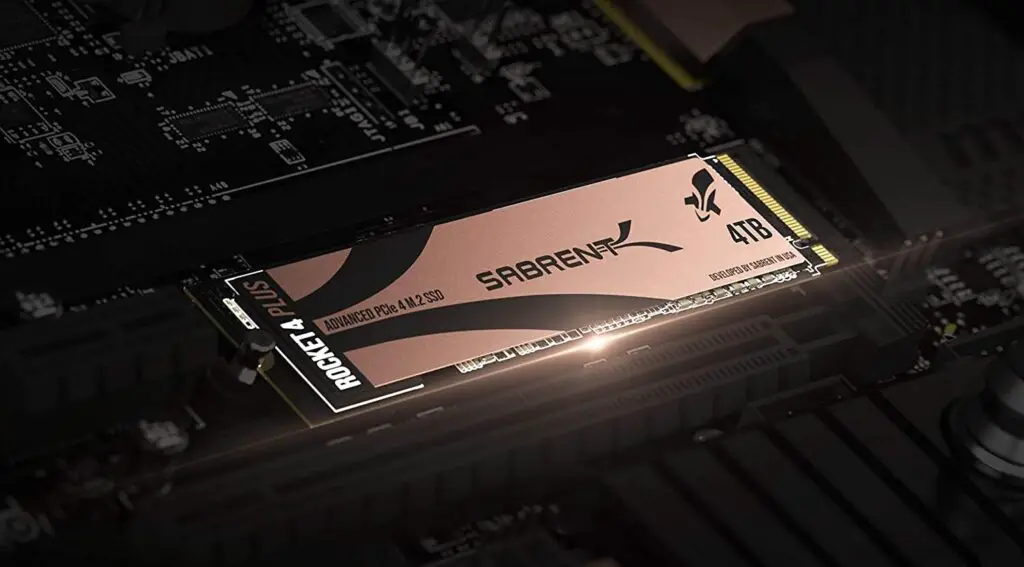
It’s not an over-interpretation to say that this will be a revolution, and if the COVID crisis and the stock-outs have hurt this idea, we can easily think that this time is the right one . But if this point specifically concerns native games, which run on your PC or console, the future from 2023 will also be shaped around cloud games.
THE CLOUD GAMING BECOMES MORE RELIABLE
Now let’s talk about cloud gaming, the dematerialized game that is played remotely on a wide variety of game terminals: connected TV, consoles, PC, browser, mobile and tablet. This sector is currently relying on one feature: the possibility of remotely playing your games or a catalog of games.
This is what Xbox, Nintendo, Steam and PlayStation offer us, on a variable scale, but already, we sees the best practices stand out, the uses that work well and become popular. What works, in addition to remote access , is access in the form of a trial , in order to decide whether a particular game in the catalog deserves its installation on your console.
This is what Xbox does very well with its Gamepass subscription service.
On the PlayStation side, the Japanese company has also been working hard recently with the integration of PS Now, a formerly separate service, directly within the PlayStation Plus offer.
The cloud will therefore be democratized from mid-2022, and will reach more and more people. And this helps to gradually remove the brakes that can be seen in the public. Typically questions like: “Yes, but I dare not get started, my connection won’t last” or “I’m afraid that the lag or the video compression will ruin my immersion”.
The more people can get into it without paying, the more cloud gaming will become more democratic.
Can Elon Musk solve the Latency Issue with Starlink?
Recently almost all tech geeks know the Starlink satellites which will provide fast and low latency Internet service worldwide. Can this change the way we play video games?
As every gamer would know, the worst part of playing a demanding video game is having a high-end GPU. GPUs are in demand for a long time.
We recently published a news about SpaceX and a Airlines agreement on in-flight WiFi. Passengers will have access high speed – low latency internet in a plane. Imagine playing your favorite games in a boring endless flight.
Technical and technological weaknesses of the Switch
At Nintendo, the small Japanese craftsman will rely more and more on cloud gaming, faced with the technical and technological weaknesses of the Switch , and some analysts very clearly assume that the Switch will have a little sister, the Switch, within a few months. Pro, the Switch 2, call it what you want as long as it’s announced on a Tuesday at 3 p.m.
If there is a more powerful machine, Nintendo will then be able to avoid breaking its generation by offering future games in the cloud for the basic Switch, and natively on this possible more powerful Switch.
This is just a theory, but it would allow the Switch to last a few more years while keeping its fleet of installed consoles.: This is totally in Nintendo’s interest. All that remains is to take care of the dematerialized infrastructure so that owners of first-generation Switches are not harmed…
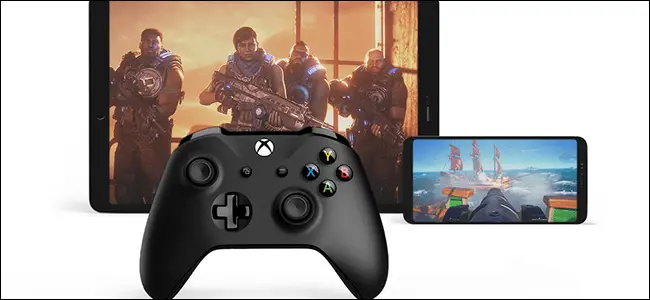
But the cloud is also the possibility of arriving directly in Ready Player One, with games that are ubiquitous in our lives, games designed for the cloud. These are called “cloud native” games.
THE “NATIVE CLOUD” IN AMBUSH
As we have seen, the cloud will be more present than ever in 2023 , but not only to run classic games… There are also extraordinary game projects that are in the pipeline. This is a promise that Google tried to keep with Stadia Games, its network of studios whose goal was to manufacture large projects dedicated to the Google cloud from scratch.
It ended in a general fiasco, the studios closed, but the promise was very enticing. Imagine that an MMORPG could be accessible in the cloud, and that this offers us different gameplay depending on the situation in which you find yourself.
Playing MMORPG games with your Smartphones in Cloud
If you’re in your living room or your office, you have all the premium experience of a big MMORPG, and if you’re on the go or in transport, you can pull out your phone, log into the game. And there, the game knows that you are on the move, it has planned it, and offers you to play game subsystems to do your crafting, your crafting, your daily quests, or even manage your guild.
We can then very easily imagine entire components of the MMO experience totally dedicated to tactile gameplay on a small connection and on a small screen.
This would allow studios to capitalize on even more game time from gamers, and therefore increased engagement. If Google had not failed with Stadia Games, imagine that Microsoft announced in March 2022 the creation of a division dedicated to native cloud games.
Games designed for the cloud, which will run there, and therefore take advantage of the multitude of devices and possible situations. And with the idea of a multi-situational MMO, there’s a good chance it’s coming in some form or another within a few years, potentially with a teaser this summer or next summer. these future projects.
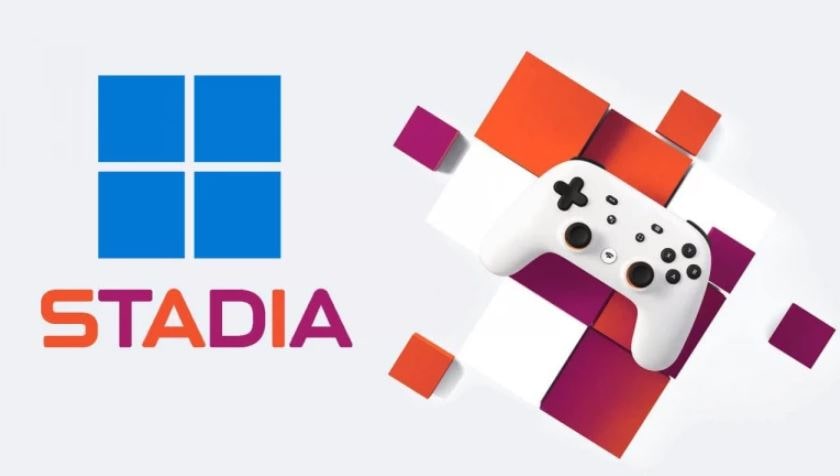
If everything becomes so ambitious all of a sudden for big projects, we must not forget the indie game, which will also experience a small boom in the coming months.
THE SECOND BOOM OF INDIE GAMING
It is often said that big games put into practice ideas already experienced on indie games… And it is totally true.
Tons of mechanics are tested first by intrepid minds who innovate and who don’t care about having sky-high sales targets.
A little like auteur films but related to video games, independent studios advance the industry through their total freedom of action.
But the problem is that developing a game is expensive and very complicated when you’re in a small team. But with all that we have seen on the engines which are becoming more democratic, there is a hope that is born: that of having more and more important games coming from very small structures.
Anyone can be a Game Developer nowadays
This is not just a dream, indeed,creating a game has become affordable for everyone . The common engines are free, full of tutorials in all languages accessible everywhere on the net and on YouTube. There are fantastic tools for sharing assets, scripts, codes, models, and with the new Unreal Battlegrounds, things that were previously unattainable will become accessible.
Creating massively multiplayer games, creating open worlds, all of this will become much more common in the indie sphere.
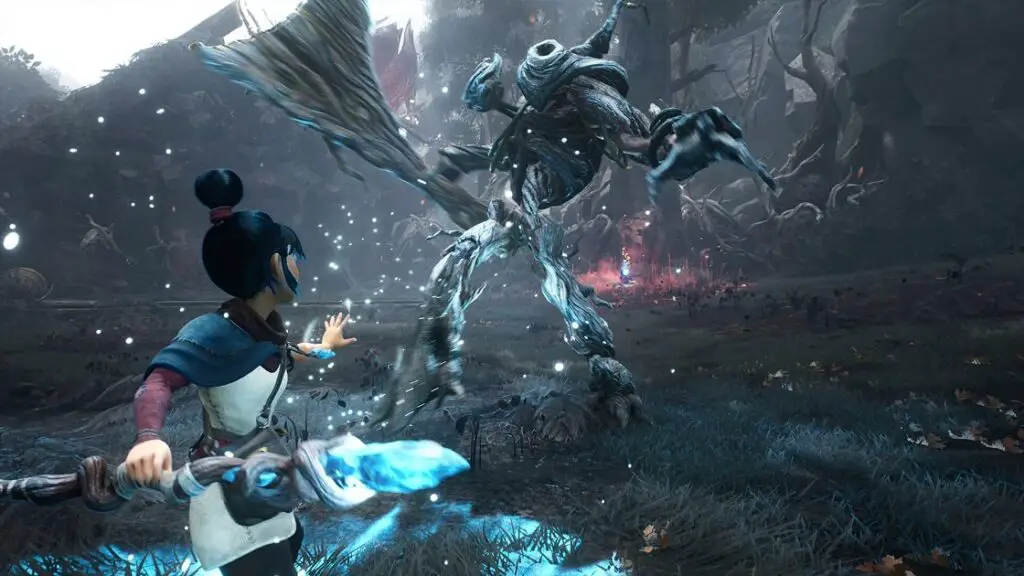
And finally, the programs dedicated to indie, whether at Sony, Nintendo or Microsoft, have all proven their effectiveness in terms of project financing, and their highlighting through the Game Pass for example, for accessible day event releases. one by millions of players, allow small structures to survive.
Until then, the indie game in PC or console release was a bit complicated, and you only have to see the Indiepocalypse of the 2010s to understand that being indie does not always pay off. In reality, it then needed a miracle to be profitable, and it was more like Russian roulette.
Today things have changed, fortunately, and there are many more vectors of popularity to exist: we can cite for example Twitter and the GameDev hashtag, on which indies promote the monitoring of their development, or even TikTok which more and more allows the little ones to make a name for themselves.
We are therefore facing a favorable situation for the emergence of bold new projects, which will find an audience.



